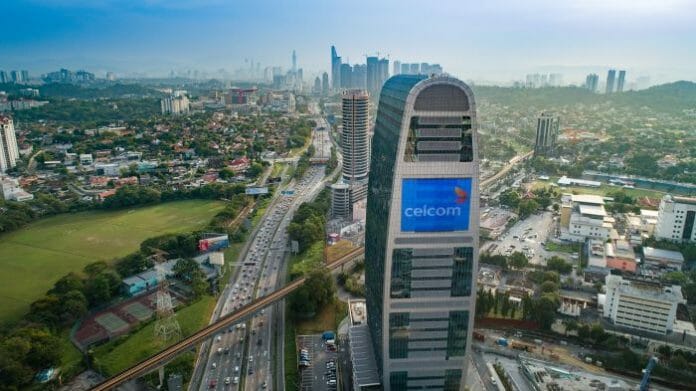Earnings of telcos are resilient with telecommunications having evolved into a necessity of modern life. The demand for local mobile and broadband will be supported with wider coverage at the end of Phase 1 of the Jendela initiative. Kenanga views, players like DIGI look set to benefit from the wider coverage, reaching the remote corners of Malaysia and the return of migrant workers. Meanwhile, telco infrastructure providers OCK and EDOTCO of AXIATA ride on the massive spending on telco infrastructure both domestically and in the region.
Under Jendela, targets were set such as nine million premises with access to broadband, 100% internet coverage in
populated areas and 100Mbps mobile broadband speed by 2025. Thus far, good progress has been made and certain interim targets have even been exceeded. As of 9M2022, its Phase 1 target of 7.5m premises (1H2022: 7.2m) had access to fibre broadband and 95.8% (vs. 2022 target of 96.9%) of populated areas had access to 4G coverage. Average mobile broadband speed had also increased to 52.48 Mbps, surpassing the original Phase 1 target of 35 Mbps. In enhancing overall digital infrastructure, 2.48m premises enjoyed fibre connectivity (1H2022: 2.24m), 36k stations upgraded to 4G technology (1H2022: 34k), 1.42k 4G towers built (1H2022: 1.33k) and 839 locations had satellite connectivity as of 3Q2022.
MAXIS overachieved in terms of base station upgrade at 113% followed by U Mobile at 112% and Celcom at 103%. MAXIS again exceeded its target for building new 4G towers at 103% while for broadband infrastructure network coverage TM attained 78% of its 2022 targets followed by MAXIS at 19%. In terms of 5G coverage, the target is to reach 40% population coverage (vs. 37% target) by end-2022. Thus far, 54% of 3.5k sites for 2022 have been completed with coverage areas that include the Klang Valley, Penang, Johor and Perak. Johor led the way with a 91% completion followed by Kuala Lumpur (76%) and Selangor (57%).
Meanwhile, Digital Nasional Bhd (DNB) has set itself a target of 70% population coverage by end-2023 and 80% by June 2024. Meanwhile, Kenanga believes the telco sector could also be poised for a re-rating if the new government is to abandon the current SWN model for the 5G rollout or revise the existing terms to the advantage of the MNOs. To recap, the monopolistic SWN model for the 5G rollout was the key culprit behind the sector’s de-rating over the last two years.
On the other hand, there may be concerns over more cuts in broadband rates with the Pakatan Harapan coalition
leading a “unity” government after the 15th general election. Nevertheless, the house sees a low risk of this happening as after the steep cut in 2018, broadband package prices in Malaysia now average at USD33/month (from USD45 in 2017) or
USD0.14/Mbps which falls within the range of USD31 to USD258/month in neighbouring countries









